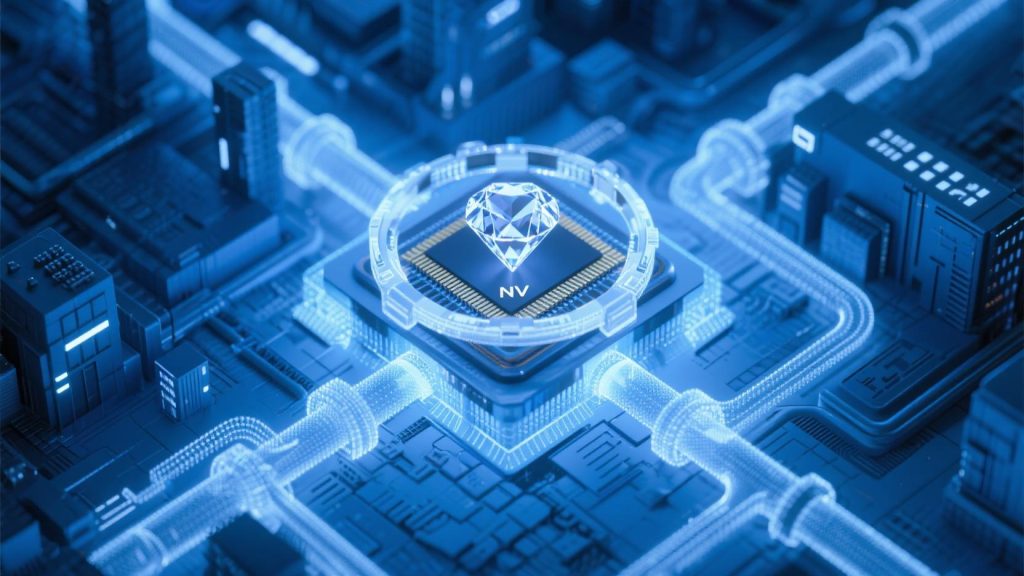
In 2025, quantum sensing is no longer a niche scientific pursuit—it is emerging as a transformational force across medicine, geology, and infrastructure. Leading this revolution is the diamond nitrogen-vacancy (NV) center sensor developed by researchers at MIT. By detecting changes in the electron spin states of NV centers, these sensors can now image magnetic fields inside living cells with nanometer precision.
This technological leap is more than just a finer lens. It enables early-stage tumor detection by tracking magnetic nanoparticles attached to cancer markers—achieving 1,000 times greater sensitivity than PET-CT scans. For the first time, clinicians can identify and localize single-cell anomalies non-invasively, ushering in a new era of pre-symptomatic diagnosis and personalized treatment.

But the most surprising breakthrough may lie deep underground. Mining giant Rio Tinto has deployed quantum gravity gradiometers—devices that use quantum interference patterns to measure minute variations in gravitational fields. In trials, these sensors successfully mapped mineral veins 1.2 kilometers below the Earth’s surface, slashing exploration costs by 80%. What once required massive excavation and guesswork can now be visualized with quantum precision.
This convergence of biology and geophysics illustrates a profound shift: quantum sensing is not just improving measurement accuracy—it is making the previously unmeasurable, measurable. Where traditional tools saw noise or nothing at all, quantum systems now perceive subatomic variations, microfluctuations in gravity, and faint magnetic whispers from beneath our feet or within our cells.
The implications ripple far beyond healthcare and resource extraction. As these sensors are miniaturized and networked, urban planners can map underground utilities, monitor soil subsidence, or detect water leaks in real time without excavation. In defense, quantum gyroscopes could replace GPS, enabling navigation in denied or subterranean environments.
Looking further ahead, the ability to sense the distribution of dark matter, mantle convection flows, or even quantum decoherence in space-time fabric could redefine how we understand—and control—our environment. In such a world, data supremacy will not depend on surveillance satellites, but on the precision of quantum eyes.
The core lesson is clear: quantum sensing isn’t just a technical upgrade; it’s a conceptual pivot. By transforming invisible variables into actionable data, it expands the boundaries of human perception—and reshapes the foundations of decision-making, strategy, and control.
In this sense, quantum sensors are more than instruments—they are epistemological engines, rewriting what it means to “see” and “know.” From the cellular scale to the planetary crust, a new layer of reality is being revealed—and with it, a new contest for who will understand, navigate, and master it first.






